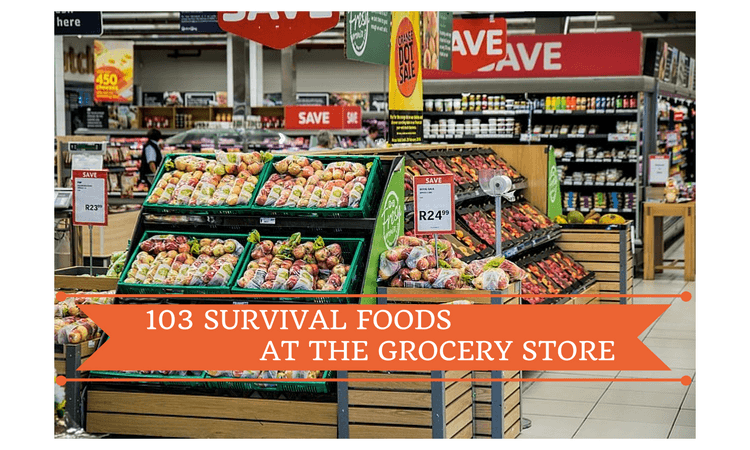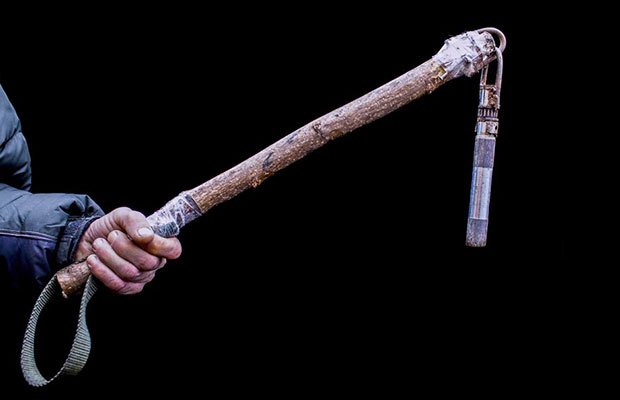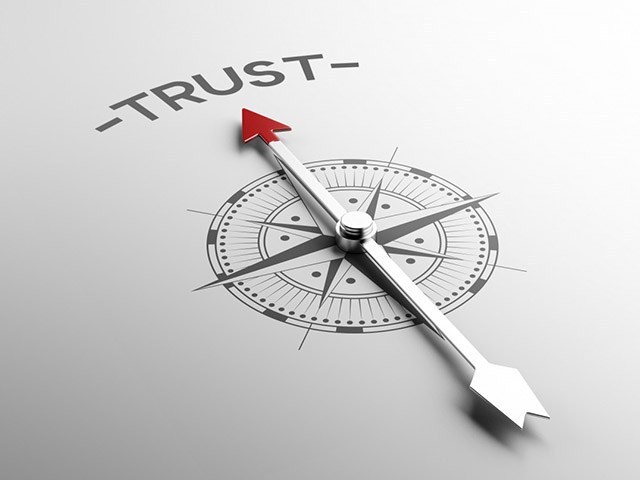Could You Be a Hired Gun After SHTF?
Have you ever wondered what you would do for work after the end of the world as we know it? There are many ideas out there and we have even mentioned a few of them on Final Prepper in past articles. Most of the ideas seem to start with the view that there will be a total collapse of the grid. When that happens, anarchy will reign supreme for some undetermined time. After the chaos is over, we will go back to living like it’s the 1800’s or close to that with no authority or social control in place anymore. In that kind of world where none of the technological advances are working anymore, what would you do?
Like I said, there have been a lot of good ideas posted on prepping blogs. Some people recommend blacksmiths or leather-working and those both sound like excellent choices if you have the skill and equipment. Surgeons, pharmacists and mid-wives will always be needed I think, as will people who can grow food, fix things that aren’t running and build things that need to be built. Anyone who is handy and has some imagination would seem to be able to offer something of value in this new imagined world in return for payment of some form. I imagine the world’s oldest profession will somehow find a way to survive even in a world of collapse.
Your average marketing executive, social worker or accountant will likely be up a creek without a paddle unless they have some other skills to offer. One job that I started thinking about was the job of a hired gun. If you have nothing but tactical training and the tools of the trade I can see a potential job for people who fit that bill.
Who would need a hired gun?
Hired guns have been in practice for eons. The bible talks about Amaziah hiring “100,000 valiant warriors out of Israel” so we can safely assume the practice wasn’t new even back then. The ten thousand were a group of mostly Greek mercenary units pulled together by Cyrus the Younger to attempt to take the throne of the Persian Empire from his brother, Artaxerxes II. The Swiss Guard has as part of its history service to the French where they were known as “the best contract troops money could buy”.

People throughout time have needed protection or muscle to fight their wars. The form of the force or amount of protection would seem to depend on a couple of factors but the bottom line was you got what you could afford. When we are talking about the end of the world as we know it, payment could be as simple as food and shelter. Many of us talk about hunkering down in our homes with our stored provisions of food and riding out the chaos that we can imagine in a real collapse scenario but not many of us have a large enough force assembled to keep what we have safe if we are attacked by superior numbers. It wouldn’t take too many people or too much training to force a family of frightened, sleep deprived and stressed individuals out of the illusion of safety in their home which would then become the property of the invading force.
I could easily see the value in paying trusted, skilled, principled individual’s wages to help me defend my home and possessions if I had the means to do that. Could you?
What skills would you need to have to be a hired gun?
Since I am midway through this article, I should step back and state clearly that I have zero experience with this subject and anything I am writing today is just a simple thought exercise. I have never been a hired contract killer; likewise I have never hired anyone to run security for me, so I can only guess at some of the possibilities here. By the same token, I am imagining a world that has been set back to the 1800’s which also takes some mental creativity and artistic license. If you do have experience please join the conversation in the comments below.
Now, getting back to the article, what skills would make you worthy of employment as a hired gun? I can rattle off a list of military disciplines, skills, experience and schools that the mere attendance of would have made you a certifiable tough guy, but until you had a small village under your control, I would assume anyone hired to be protection would also serve other purposes too unless the threat of violence was imminent. Imagine you and your ex-military buddy were forced out onto the road due to some horrible circumstances. You have skills taught to you by the armed services of your country and you had essential gear for bugging out; battle rifles, bulletproof vests, enough camouflage to look respectable, night vision goggles and a good bit of ammo.
You wander through the countryside and come across a homestead during the course of your route away from the conflict and are lucky enough to meet the rancher who owns the land. After some very guarded pleasantries, he shares that he could use some help protecting his land and family. He would provide room and board for your loyalty.
What jobs could you have to do?
Now in my imagined doomsday scenario, you aren’t manning guard towers all day and sniping bad guys from 600 yards. You are there to provide muscle when needed, but the majority of your days would likely be occupied by other tasks. Your hired gun status is really only for when that gun is needed. Most of the rest of the time, it is your strong back, your calloused hands and maybe in some part, your companionship that is more likely what you will invest.
You probably thought you would be guarding the perimeter and keeping the other people who wandered through the rancher’s territory in the Golden Horde at bay and dealing with gangs who appeared to take some livestock or the ranchers’ wife and daughters. Maybe that could be the role of someone lucky enough to fall into this line of work, but I doubt that would be a full-time job.
Your job might even evolve over time where the first responsibility would be to set up those guard positions and fortify the house as much as possible. You might be teaching people how to shoot accurately, setting up range cards and developing SOP’s for dealing with various situations. You could be tasked with reconnaissance and information gathering where you would go out into the countryside to analyze approaching threats or coordinate resources. You could have much responsibility or very little until you were needed.
What if you wanted to hire someone as your security force?
Admittedly, this whole idea requires a lot of factors to fall into place to even work. For starters, we would have to have some cataclysmic event that rendered most of the world out-of-order. There would need to be lawlessness and people intent on protecting what is theirs with the resources on hand to ensure that happened. What are some of the other problems with this scenario?
- Who would supply the ammunition you needed for practice and defense?
- Would you have access to the ammunition or would you need the rancher to get it?
- What if the rancher asked you to do something that you didn’t want to?
- Are there other “defenders” that you have to worry about?
- Are you able to leave at any point or is this contract for life?
- Will you honor your commitments?
- What if the rancher is killed?
- What if you decide you want to leave to start a new life?
- What if the rancher kills your friend?
- What if the rancher isn’t really all that nice and wants to kill his neighbor and take their lands?
- What if there was a local law presence and your actions as a representative of this rancher ended you up in front of the local law with a murder charge?
There really are a million different ways this could play out and after all these words I still understand that these hypothetical scenarios can never be answered to the satisfaction of all concerned in all cases. The best I can offer in situations like this are my own thoughts which on occasion pose more questions than answers. These are the types of things I think about.
What do you think? Could you foresee a Wild West world where you could be hired on to a larger home to help them protect what is theirs? Would you do it assuming you had nowhere else to go? Would you be a hired gun?
Have you ever wondered what you would do for work after the end of the world as we know it? There are many ideas out there and we have even















 Shepards Purse
Shepards Purse Gallium Aparine
Gallium Aparine Chickweed
Chickweed Daisy
Daisy Dandelion
Dandelion Dock
Dock Groundsel
Groundsel Mallows
Mallows Plantain
Plantain St. Johns Wort
St. Johns Wort Self heal
Self heal Old Man’s Beard
Old Man’s Beard Yarrow
Yarrow
 Bushnell AR Optics Drop Zone-223 Reticle Riflescope with Target Turrets, 1-4x 24mm
Bushnell AR Optics Drop Zone-223 Reticle Riflescope with Target Turrets, 1-4x 24mm Vokul Shockproof 532nm Tactical Green Dot Laser Sight
Vokul Shockproof 532nm Tactical Green Dot Laser Sight Glock 19/23/32 Holster – Tulster Profile Holster IWB
Glock 19/23/32 Holster – Tulster Profile Holster IWB
 Yahill(TM) Multi-Use 2 Point 2-IN-1 Rifle Gun Sling Adjustable Strap Cord
Yahill(TM) Multi-Use 2 Point 2-IN-1 Rifle Gun Sling Adjustable Strap Cord
 KNIGHTS ARMAMENT VERTICAL Rifle GRIP KAC
KNIGHTS ARMAMENT VERTICAL Rifle GRIP KAC Law Tactical Gen-3M Side Folding Adapter Tool Genuine 5.56/223/308 –
Law Tactical Gen-3M Side Folding Adapter Tool Genuine 5.56/223/308 –



 Types of Pumps and Hand Pump Operation
Types of Pumps and Hand Pump Operation


 Makeshift weapons like this were created in the violent protests in Ukraine recently.
Makeshift weapons like this were created in the violent protests in Ukraine recently.


 Climbers
Climbers
 If desperate circumstances forced you to throw in with a group that you had no prior knowledge of, you would be casting your fate to a far lower standard called “hope;” which can alternately be defined as desperation.
If desperate circumstances forced you to throw in with a group that you had no prior knowledge of, you would be casting your fate to a far lower standard called “hope;” which can alternately be defined as desperation. You may think that your family members, by virtue of a blood relationship, automatically fit into the “trusted” category for survival purposes. That could be a fatal assumption.
You may think that your family members, by virtue of a blood relationship, automatically fit into the “trusted” category for survival purposes. That could be a fatal assumption.